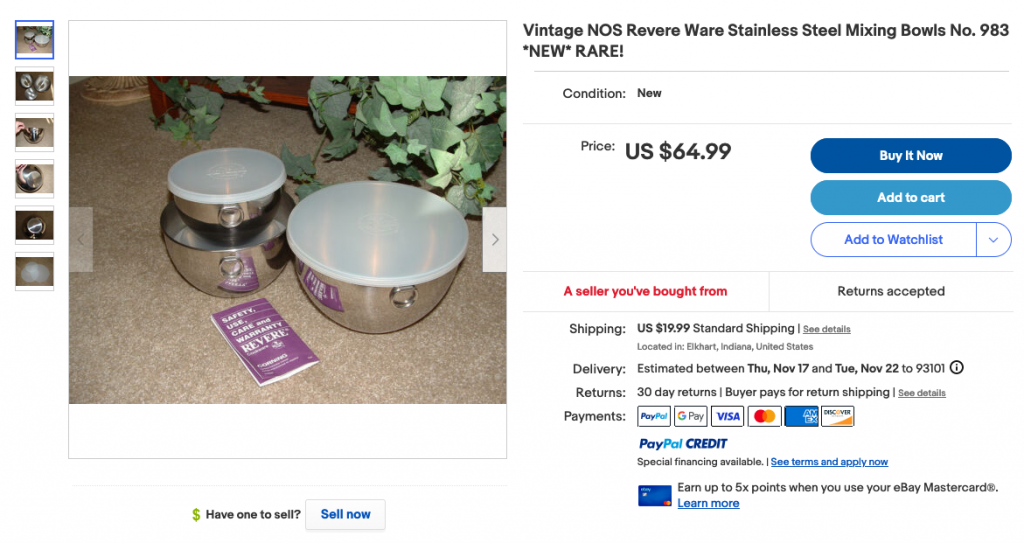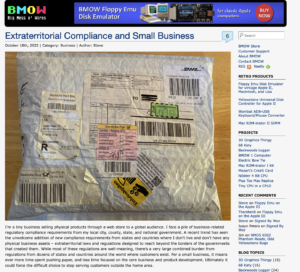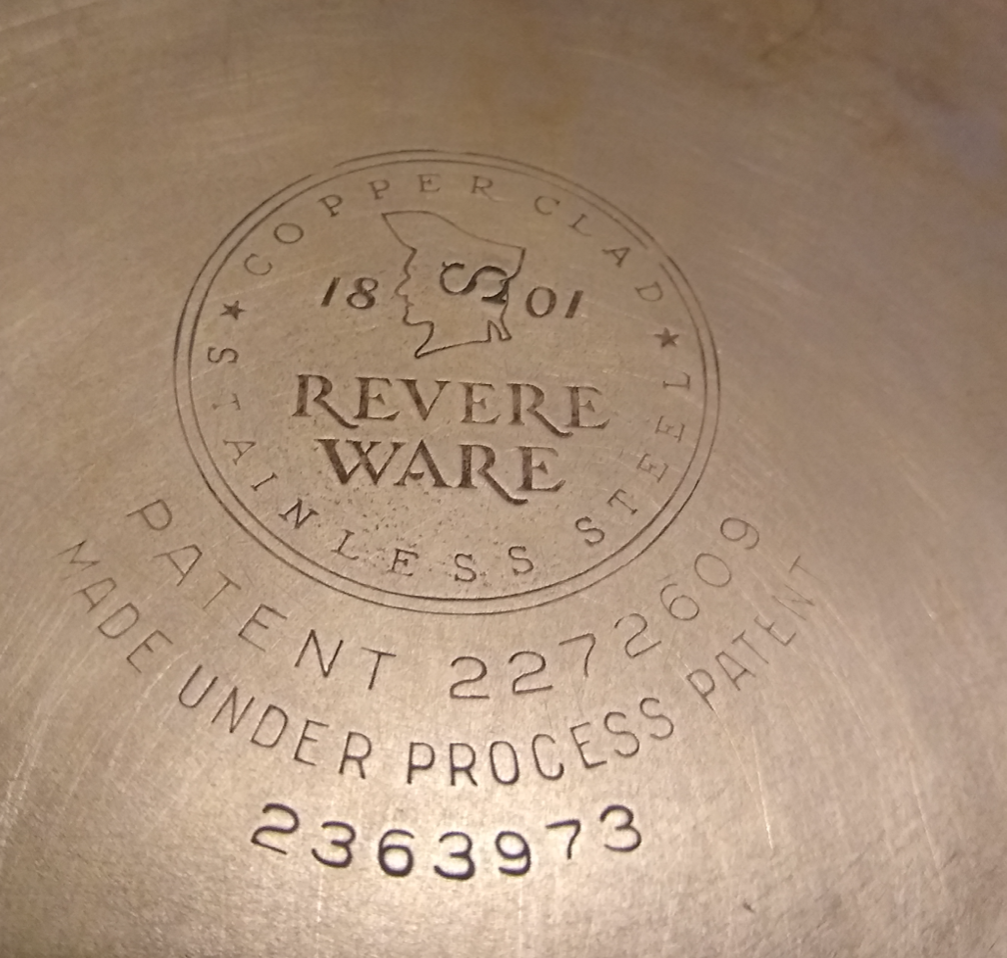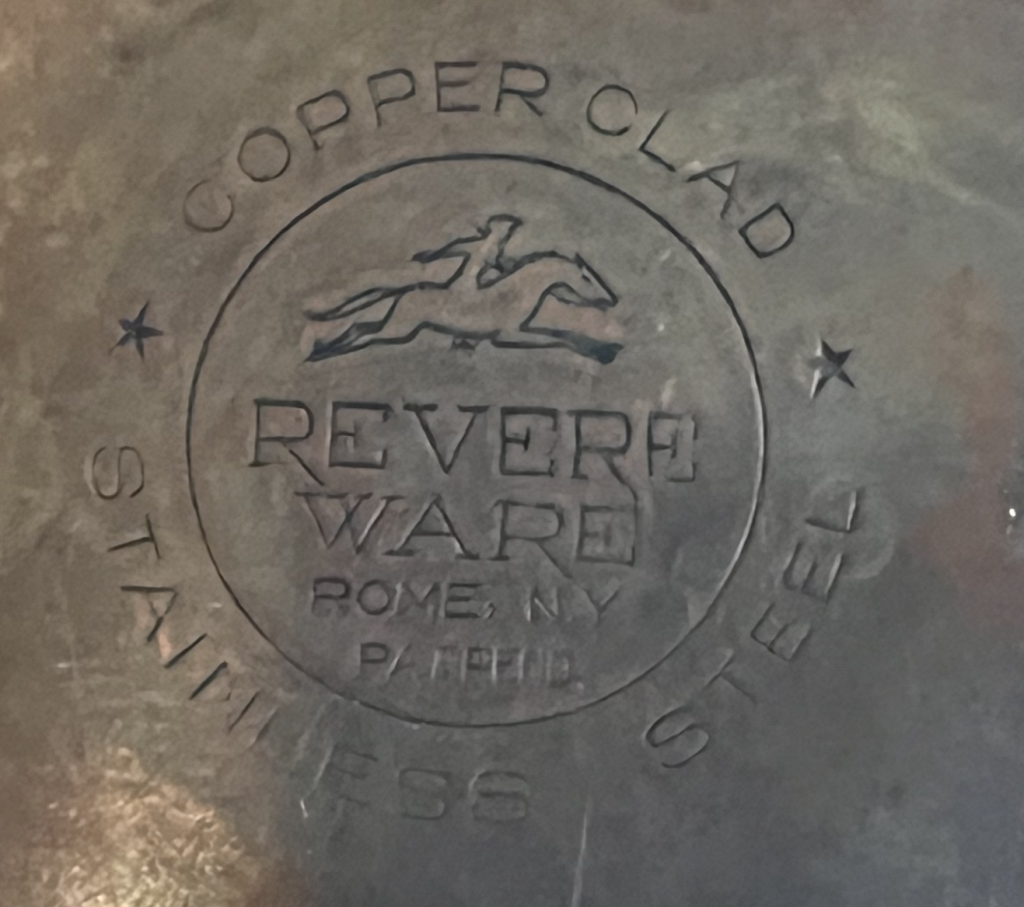I’m not sure if this is about another USPS failure, or a general commentary of our time, and the rising crime rate. Years ago, after getting my mail rifled through and some Netflix DVDs stolen (that’s how long ago it was) I switched to a locking mailbox and only dropping off mail in the blue USPS mail drop boxes. Later, I switched to using a UPS store mailbox, but I still drop my mail in the blue USPS mail drop boxes. But apparently, those are no longer guaranteed to be safe.

Sigh. I guess I’ll be more careful to drop my mail directly in front of the main post office, where I hope the mailboxes are secure, or later in the afternoon, closer to the 5pm last pickup of the day. Not to pick on the USPS, but our post office has two blue drop boxes, one extra large, and one just large. The extra large one is often full right up to the spout, where someone can easily grab letters out of it. I’m not sure if that is a testament to the USPS not going a good job emptying it (or having enough boxes) or of a somewhat absurd level of trust of people that no-one will take their mail that is within easy reach. After all, I’m guessing most people that use the blue letter boxes are doing so because of a bad experience with leaving outgoing mail in their own mailbox.
Anyways, we can always look forward to some entertainment from packages that go on unexpected trips around the world over the holidays.










